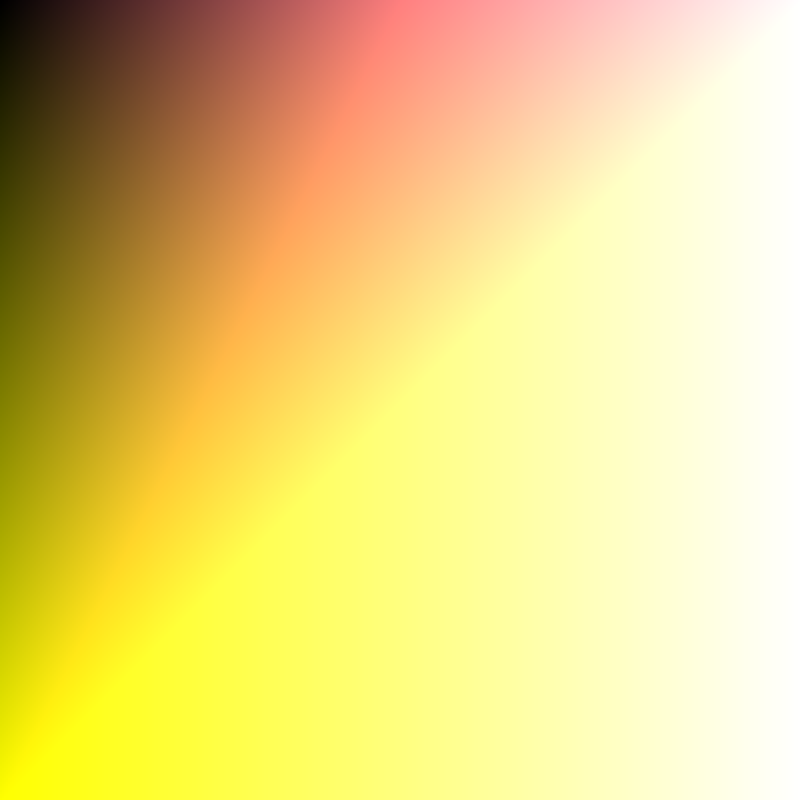
A cute little puzzle game, where you move around snake(birds). Move any number of snakes around the level, eating fruit, and getting to the exit. The main gotchas are that you have gravity to content with–your snake will easily fall off the edge of the world–and each time you eat a fruit, your snake gets bigger. This can help get longer to get into hard to reach places or it can cause trouble when you trap yourself in corners.
Let’s use the new immutable.js solver to solve these problems!
